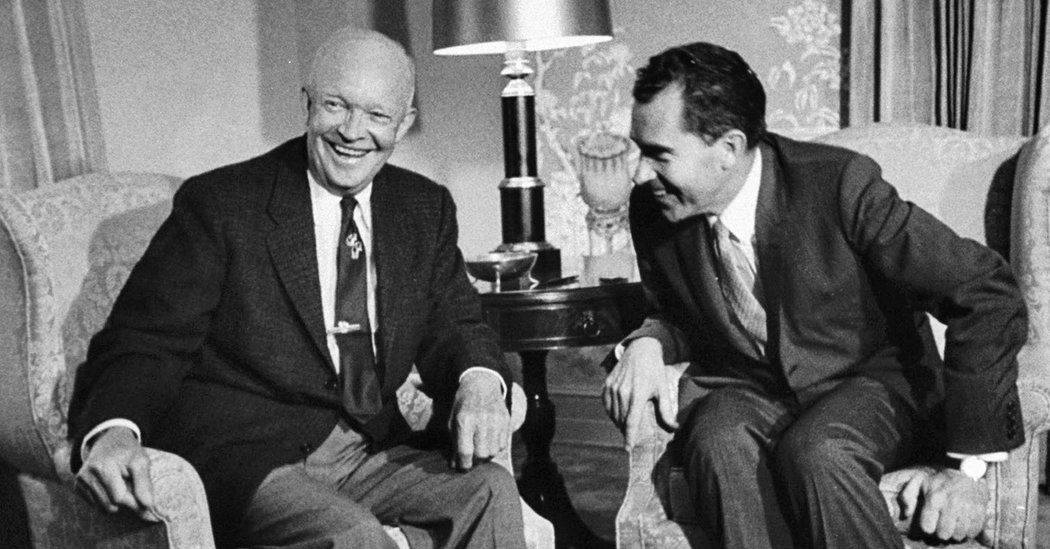Authors:
Historic Era: Era 9: Postwar United States (1945 to early 1970s)
Historic Theme:
Subject:
February/March 2021 | Volume 66, Issue 2


Authors:
Historic Era: Era 9: Postwar United States (1945 to early 1970s)
Historic Theme:
Subject:
February/March 2021 | Volume 66, Issue 2
Because of the heavy barrage of criticism the Republicans had directed at the scandals in the Truman administration during the 1952 campaign, both the executive and legislative branches were particularly sensitive to the issue of corruption in government for the duration of Dwight D. Eisenhower’s tenure. At an early meeting in February, 1953, the president instructed cabinet members to be alert to conditions that might breed charges of favoritism or conflict of interest, and to be quick about calling on the Department of Justice to investigate dubious situations.
The president’s emphatic action was prompted, in part, by clear signals from Congress that it intended to maintain the vigorous oversight role that had helped uncover the “mess” of the preceding regime. After the Democrats regained control of the legislature in 1955, the president and his aides would be under steady pressure about corruption, and before the end of Eisenhower’s term allegations about the improper use of public office had reached deep into the White House itself.
Nixon's Slush Fund
Charges of official misconduct were leveled at the Eisenhower entourage even before the November, 1952, election. On September 18 the New York Post claimed that Republican vice-presidential candidate Richard M. Nixon had received some $16,000 to $17,000 from a group of wealthy California businessmen since his election to the Senate in 1950. Under the headline “Secret Rich Men’s Trust Fund Keeps Nixon in Style Far Beyond His Salary,” the Post announced the “existence of a ‘millionaires club’ devoted exclusively to the financial comfort of Senator Nixon.”
Given the stress that the Eisenhower campaign had placed on condemning corruption in Truman’s government, the allegations about Nixon were explosive, but few on Eisenhower’s staff immediately grasped the danger. Not until Nixon ran into hostile demonstrators at his rallies, and two influential newspapers supporting the Republican ticket, the New York Herald Tribune and the Washington Post, called for Nixon’s withdrawal from the race, did Eisenhower and his advisers realize that some action was necessary.

The initial strategy was to play for time. Public reaction had to be gauged and all options considered before any decision could be reached. It would be difficult, the Eisenhower staff concluded, to retain Nixon when there were many more Republican demands for his ouster, but dismissing him also had its liabilities. Eisenhower reportedly told a top aide, "If Nixon has to go, we cannot win.” With the various wings of the Republican party split over what should be done, Eisenhower delayed making up his mind.
A television address by Nixon was finally agreed upon as the best way out of the impasse. Eisenhower would have additional time to determine the popular mood. In his speech on the night of September 23, Nixon defended the fund by arguing that it had been used solely to defray political expenses which he said could not be charged to the federal government, and